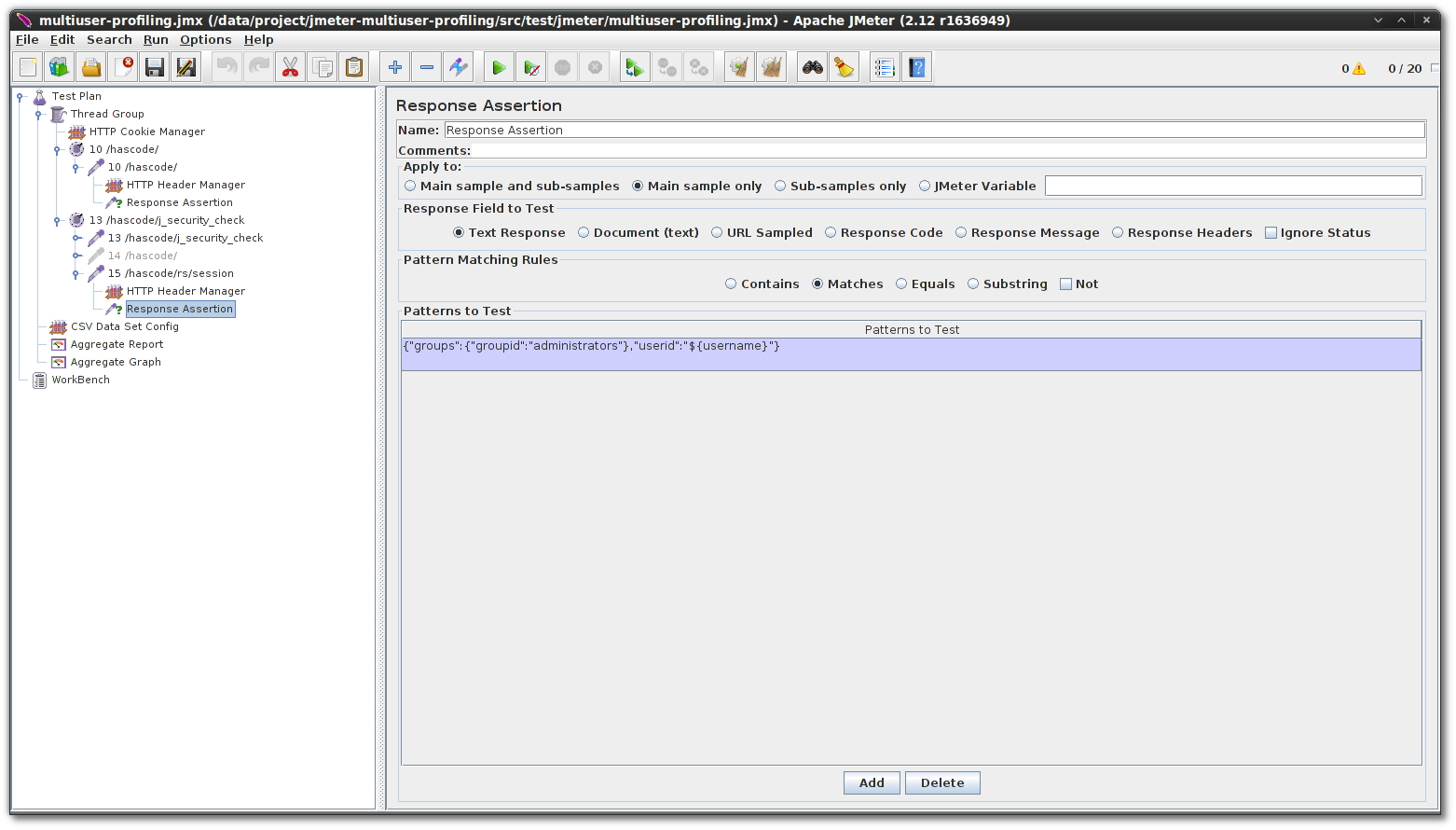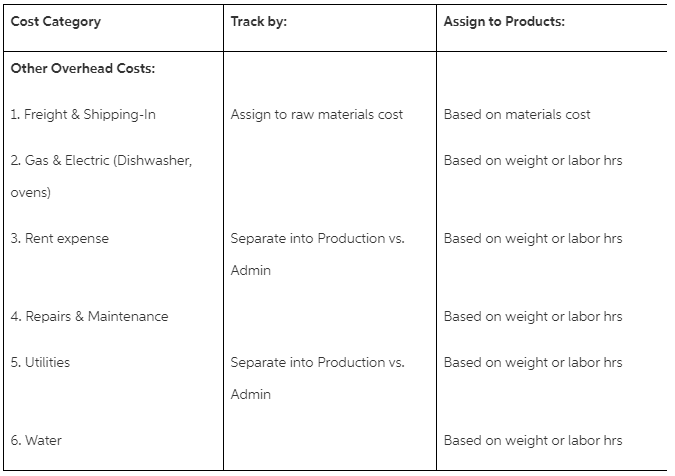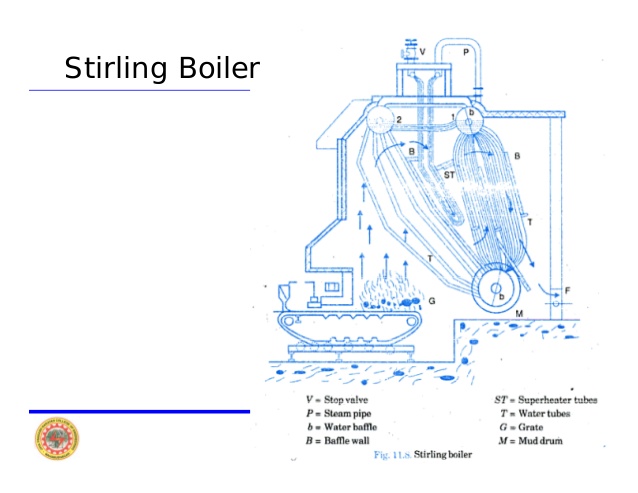Zipkin is a distributed tracing system for java applications which may be used for troubleshooting efficiency points within the distributed service architectures. Its highlighted characteristic that separates it from different testing instruments is that it permits looking for hint standards by log file ID, service, operation name, or length. It additionally permits java builders to visualise traces through a dependency diagram and provides a list of java efficiency tests for application testing. Zipkin additionally presents an open-source model referred to as OpenZipkin. Memory monitoring instruments are one of the necessary parts of Java performance testing tools. It includes reminiscence usage, memory performance and reminiscence leaks monitoring. The Eclipse Memory Analyzer does all that by monitoring your Java heap usage. Initially, all the Java objects are saved within the free memory known as the heap. When you run an application, the memory is taken from the heap. If the heap is full, earlier objects are then wanted to be discarded to create space for brand spanking new objects. These modifications in heaps must be smooth and fluent as a disruptive process can create a performance bottleneck. The mixture of XRebel and JRebel can be thought of as top-of-the-line java efficiency testing instruments. XRebel offers end-to-end efficiency checks to discover any efficiency issues current throughout growth.
JRebel also allows the java developers to skip the redeploy process by previewing the required utilized modifications instantly. It is a good characteristic to preview whether or not the adjustments are providing the anticipated enhancement in performance or not before making use of it. Sometimes your construct may be gradual even though your construct scripts are doing every little thing right. This typically comes all the way down to inefficiencies in plugins and custom duties or constrained assets. The greatest approach to discover these sorts of bottlenecks is utilizing the Gradle Profiler. It can be used to produce build scans or along with different main profilers like JProfiler and YourKit. Using these method-level profilers can typically assist you to find inefficient algorithms in custom plugins. If you discover that one thing in Gradle itself is slowing down your construct, don't hesitate to ship a profiler snapshot at Many efficiency issues in enterprise or web functions outcome from memory or database entry issues. In case of frequent reminiscence points, all instruments provide good and similar solutions. To find memory leaks, a good start line is to check two memory snapshots to search out the distinction after rubbish collection is finished.
In general VisualVM, shipped with the Java SDK, is enough to create such a report. The heap viewer comes with the ability to shows references, computing retained sizes and paths to GC roots. Helpful find memory leaks is the ability to view the GC-path primarily based on any class. The Attach mode allows you to attach the profiling tool to an application that's already running, or just about to begin on a neighborhood or remote machine. Using the connect mode is useful for profiling long-running purposes, and specifically for profiling web or enterprise applications working on prime of an application server. You also can use the attach mode to profile the code of the appliance server itself. When Java builders started to comprehend the need for some good java efficiency testing tools, many great working instruments started to emerge in the business in no time. Stackify Prefix is a highly capable Java performance testing software. It additionally provides great ease for java builders by providing a fast feedback loop so that developers can understand the efficiency of their code and how much time it's taking to perform. This characteristic is finest for assisting java builders in figuring out the application issues method early within the development cycle. When beginning the session, the "Session startup" dialog enables you to configure all profiling settings. The configured profiling settings that are used for a launched session are remembered by JProfiler on a per-project or on a per-run-configuration basis, relying on the IDE integrations. When a session is profiled for the primary time, the IDE plugin automatically determines a list of profiled packages primarily based on the topmost courses within the bundle hierarchy of your source files.
At any later point, you can go to the filter settings step in the session settings dialog and use the reset button to perform this calculation again. Profilers are another great tool for efficiency monitoring and testing. It additionally comes with some unique features for threading points. Features like JProfiler's ''Heap Walker'' is kind of a useful characteristic for java developers to solve memory problems more effectively. When you click on Run, the IDE launches the appliance and begins the profiling session. To view the profiling results, click Live Results within the Profiler window to open the Live Results window. The Live Results window shows the profiling information collected thus far. The knowledge displayed is refreshed every few seconds by default. When analyzing CPU performance, the Live Results window shows info on the time spent in each methodology and the variety of invocations of each method. You can see that within the Anagram Game application solely the chosen root methods are invoked initially. JProfiler is amongst the hottest Java efficiency tuning instruments developed by EJ Technologies. It is used for assessing and monitoring system performance, profiling threads and processes, and it's quite efficient to find and eradicating reminiscence leaks in the system. BlazeMeter is among the fully paid java efficiency testing instruments that gives java performance checks for web and cellular applications together with java microservices and APIs. It also integrates nicely with some well-known open-source instruments like JMeter and Selenium. When you begin a profiling session, you possibly can configure profiling settings within the session settings dialog. The next time you wish to profile this process, start the saved session from the Open Session tab instead of the Quick Attach tab.
You will nonetheless have to pick out a running JVM, however the profiling settings are the same ones that you have already configured before. JProfiler can profile most run configuration sorts from IDEA, together with purposes servers. To configure further settings, edit the run configuration, choose the Startup/Connection tab, and select the JProfiler entry. The display shot below reveals the startup settings for a local server configuration. Depending on the run configuration kind, you probably can modify JVM options or retrieve profiling parameters for remote profiling. Today, Java developers have a bevy of efficiency testing instruments that may help them check and improve efficiency throughout development. But even with these instruments, the complexity and lack of visibility into trendy Java purposes means that performance points can simply find their method to production. You can profile an application that is operating on a distant system corresponding to an online server by attaching the profiling tool to the applying. When you use this mode, the distant application begins after the profiler is attached. This mode allows you to get hold of profiling information on the startup of the goal JVM. Retrace is one other glorious Java performance testing device by Stackify. It is an application efficiency management product for Java functions. APM software is particularly designed to information java builders in understanding the efficiency of all their applications in a better way. Developers can rapidly and simply determine which web requests are taking probably the most time and the explanations behind them.
Gatling is one other open-source java efficiency testing tool that primarily focuses on load testing. It offers a free version along with a premium paid model. It additionally provides integrations for TeamCity, Bamboo and Grafana. It is to be noted that the free version does not assist distributed functions. Here, you can see some of the top Java efficiency testing tools out there in 2021. The finest approach to minimize the efficiency issues in the development process is to make sure a formulated testing methodology and using an appropriate efficiency testing device. There are a number of Java performance testing tools available that present great convenience for Java builders in tackling their efficiency testing issues. Performance testing has turn into complicated over time, making the Java performance testing instruments an essential component of the development course of. With a appreciable amount of information to course of, an enormous user base, and the demand for a clean and user-friendly expertise makes it clear how essential application performance testing has turn into. This introductory doc is an outline of the profiling instruments included within the IDE and a information to help you shortly start profiling your NetBeans projects. This doc is meant to reveal the varied profiling duties out there within the IDE and the profiling outcomes you'll be able to obtain when profiling a project. When you profile your application, the strategies and classes that come up in JProfiler's views often lead to questions that may only be answered by trying their source code. While JProfiler provides a built-in supply code viewer for that objective, it has limited performance. Also, when an issue is discovered, the subsequent move is often to edit the offending code. Ideally, there should be a direct path from the profiling views in JProfiler to the IDE, so you can examine and improve code with none manual lookups. As you've seen, you'll need to keep away from doing time-intensive work in the configuration phase, but typically it could sneak into your build in non-obvious places.
It's normally clear when you're encrypting knowledge or calling distant services throughout configuration if that code is in a build file. But logic like that is more typically present in plugins and infrequently custom task lessons. Any expensive work in a plugin's apply() methodology or a tasks's constructor ought to be a red flag. The commonest and fewer obvious mistake is resolving dependencies at configuration time, which is covered in its own chapter additional below. So, what is the reply for Java improvement teams that wish to reduce those efficiency problems? One, make certain you're doing formalized efficiency testing. This is typically carried out through a third party efficiency monitoring tool or if you're really feeling bold, custom-made on your project. Two, establish strategies for each stage of the applying lifecycle. This is critical as the earlier you are ready to establish issues, the earlier you presumably can handle, and the less expensive those performance issues turn out to be in your staff. The focus of this course is to get the scholar acclimated to the method and tools used in the design to delivery cycle of an Enterprise Application using Java. It will introduce college students to the use of construct instruments and repositories for creating and maintaining software in a group setting. It will then then cowl instruments and techniques for enhancing the quality of Enterprise Software like unit and integration testing, code optimization and profiling. It will also cowl methods for automation of processes in testing and deployment of software; like Continuous Integration and the use and orchestration with digital containers. The course may even take a glance at some fashionable built-in development environments and reveal how they combine with the aspects of the category. A sample of instruments coated within the class will embody Maven, Gradle, JMeter, Postman, Jenkins, Git, JProfiler, Docker, Docker Compose, Eclipse and IntelliJ. You can take a heap dump when a profiling session is in progress.
When you are taking a heap dump you are prompted to keep away from wasting the heap to your project or native file system. You don't have to have a running profiling session to load and browse the heap dump. You can configure settings to specify that particular operations are carried out by the IDE throughout a profiling session. For instance, you presumably can have the IDE open reside results for CPU or Memory evaluation, always present the threads view, at all times save a heap dump to the profiled project and extra. The CPU Profiler is used to investigate your application's impression on the processor. It enables you to determine the methods and threads in your program that devour a lot of the CPU time. Use the CPU Profiler to check functions of your application, corresponding to startup and initialization, repainting, and compiling. The CPU profiler gathers and displays statistical knowledge about the efficiency of your application. It is an open-source java efficiency testing tool by Apache. It is principally used for load and stress testing of Java purposes. Along with purposes, JMeter can also be used for many totally different java technologies. It presents a variety of extensions which have some nice options for recording and visualizing the resulting take a look at data, making it more readable. When this feature is selected, the profiler samples the application to provide data that's restricted to the reside objects. This choice only tracks reside objects and doesn't monitor allocations when instrumenting. It just isn't potential to record stack traces or to make use of profiling points if you select this option.
This possibility incurs a significantly lower overhead than the Advanced possibility. A root methodology is the strategy, class or bundle in your source code that you just specify as an instrumentation root. Profiling knowledge is collected when one of the application's threads enters and leaves the instrumentation root. No profiling knowledge is collected till one of many application's threads enters the basis technique. Specifying a root technique can significantly scale back the profiling overhead. The Select Profiling Task dialog field is the main interface for working a profiling task. After you choose a task, you can modify the duty settings to fantastic tune the outcomes you'll acquire. For each of the profiling duties, you might also create and save custom profiling tasks primarily based on the task. When you create a customized profiling task, the customized task is listed in the Select Profiling Task dialog field to find a way to easily discover and run your customized settings later. When you create a custom profiling task, you'll be able to modify more advanced profiling settings by clicking Advanced settings within the Select Profiling Task dialog field. Creating a performant Java application starts with the architect, and ends with the developer making these decisions work. For these interested in formalizing their efficiency testing processes, the following section will give you a great overview of what is obtainable for efficiency testing tools. After that, we'll take a look at a few of the Java performance tuning and tracing instruments that may help Java development groups get additional insight with out formal tests. Testing has turn into an integral part of the event cycle and it has gained important importance because the introduction of varied new technologies and features in Java purposes. There have been many new upgrades in Java efficiency testing instruments, which allow them to carry out various checks on new options in fashionable applications. Command line tools permit to carry out many profiling tasks with out using the UI. Integrate the profiler into a continuous integration process and automate performance monitoring. Every buildpack-generated image incorporates an executable called the launcher which can be utilized to execute a customized command in an setting containing buildpack-provided setting variables. On launching jmc, we will see list of java course of which is working on the local machine.
On a particular course of, we can right click on and select Start Flight Recording and then check the thread dumps within the Threads tab. It nonetheless works only on the native machine the place the Java application is working. It can be utilized to regulate Java Flight Recordings, diagnose and troubleshoot JVM and Java applications. We can use the Thread.print command of jcmd to get a listing of thread dumps for a specific process specified by the PID. Jvisualvm is a GUI software that helps us troubleshoot, monitor, and profile Java functions. It additionally comes with JVM and could be launched from the /bin listing of our java installation. Among other options, it also allows us to capture thread dump for a selected course of. A snapshot captures profiling data at a selected point in time. The information captured in a snapshot depends on the kind of profiling session in progress when the snapshot is taken. You can discover snapshots using the toolbar in the Snapshot window and by filtering the displayed results. You can also right-click a outcome and choose further instructions in the pop-up menu. When you detach from the remote native application, the applying does not cease however you stop receiving profiling data concerning the application. To connect to the distant application you have to use the startup options provided by the Attach wizard and begin the distant application again. Java Log Management and Analysis device is a cloud-based log management tool used to enhance your Java logging course of. It allows Java developers to simply merge completely different logs from their other projects or various web purposes, so they can perform a comparative evaluation on them collectively. Its well-designed person interface hosts all the log data on a single dashboard, which makes it very easy to use. It can be outfitted with pre-configured graphical charts and graphs to symbolize data more effectively and for adding more detail to your Java logging overview. LoadNinjais a cloud-basedloadtesting and efficiency testing software for java web purposes and web providers.
































































